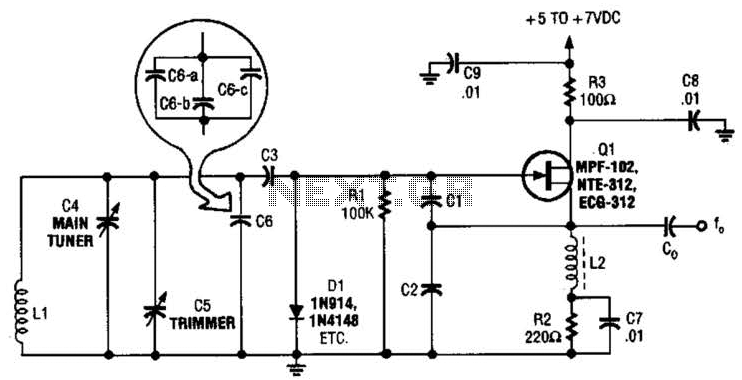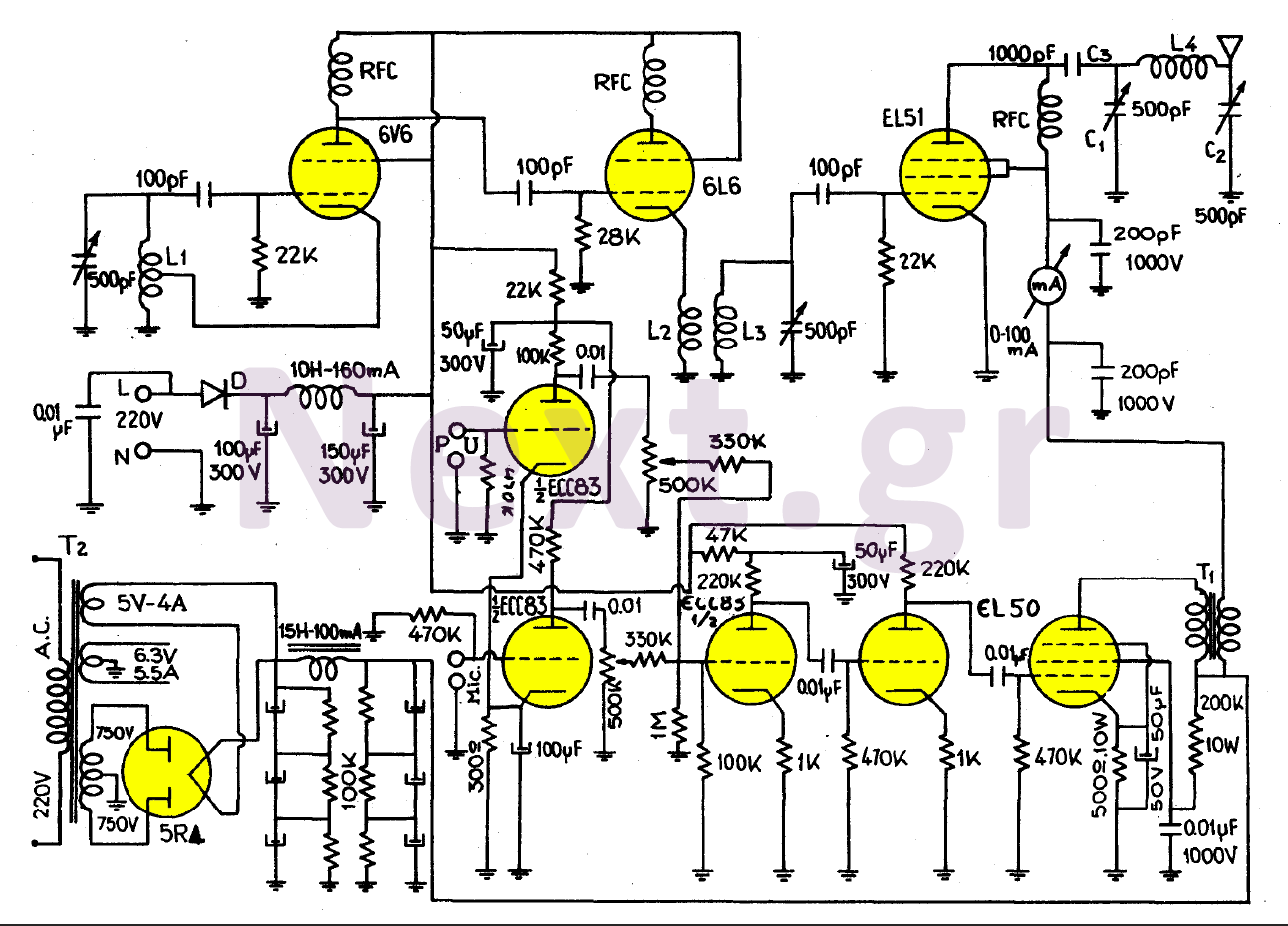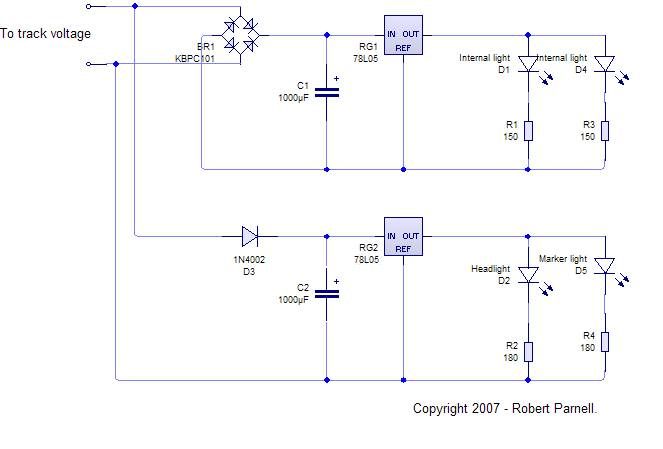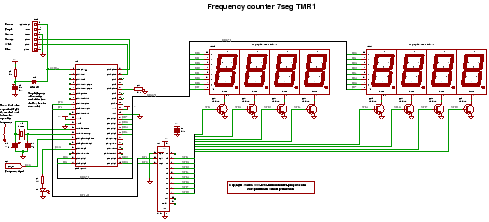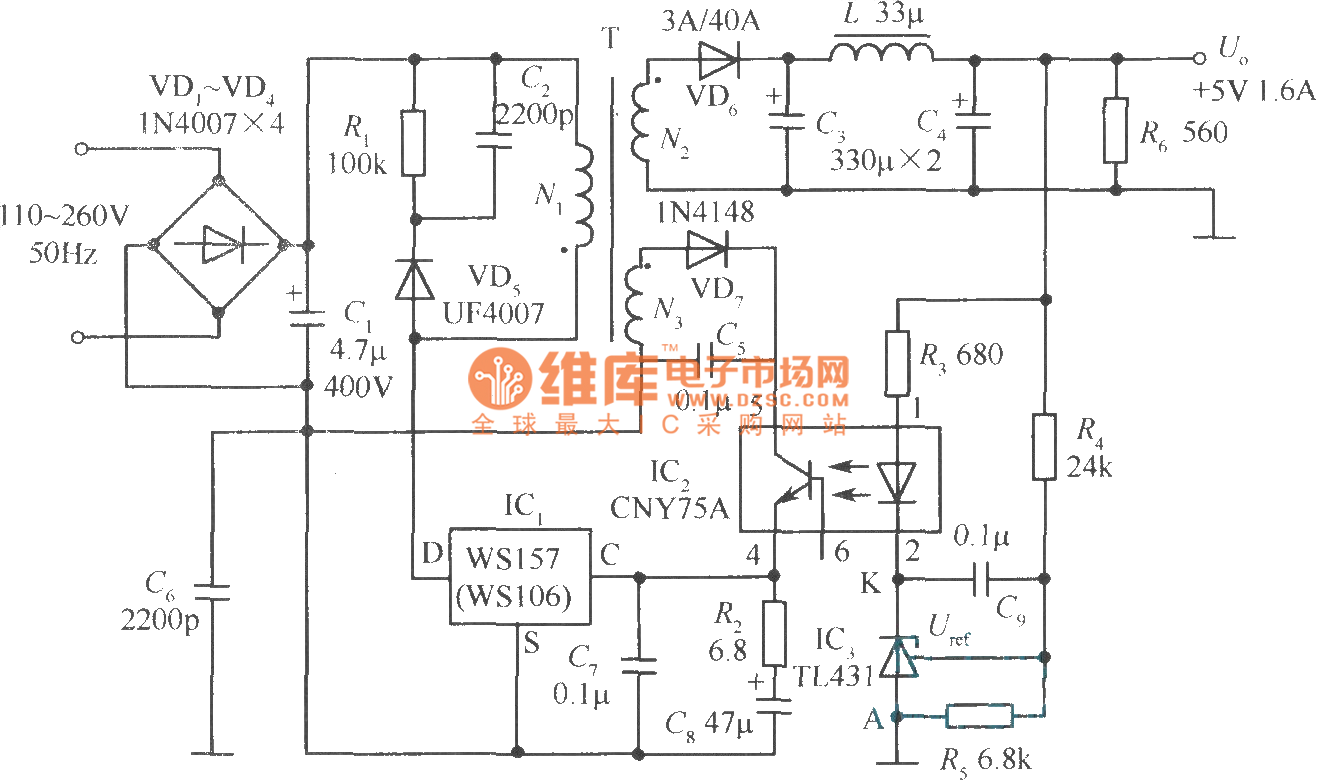
circuit board for throttle control
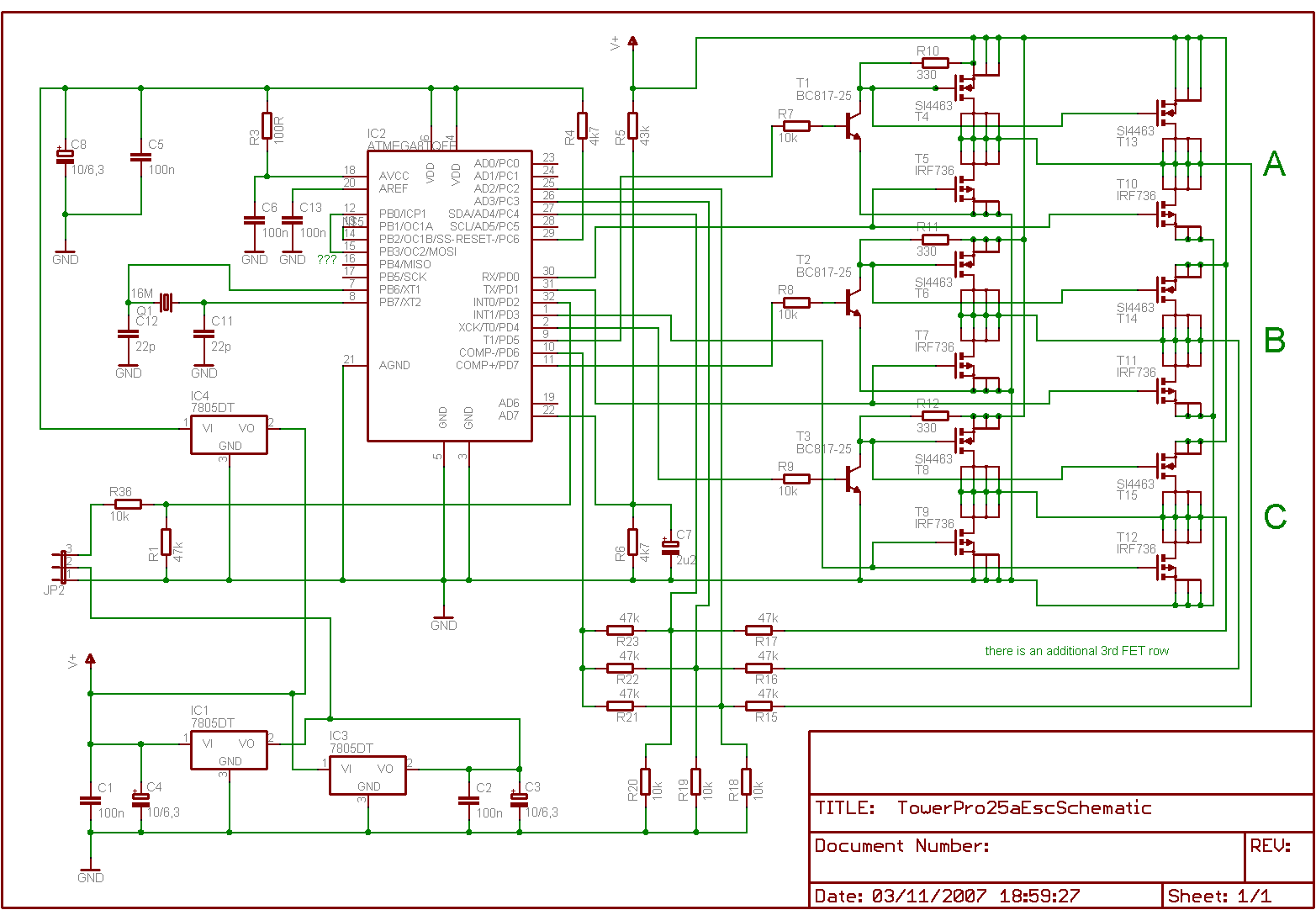
Is it feasible to eliminate the Electronic Speed Controllers (ESCs) from a multicopter configuration and substitute them with a single circuit board to control all the motors? The current setup consists of eight motors, each requiring an individual ESC, which introduces multiple points of potential failure and increases the overall weight. Given the cost of these ESCs, could a dedicated circuit board be designed to manage the throttle for the motors independently? It has been observed that companies like Draganfly utilize compact circuit boards that effectively control multiple motors.
The proposal to consolidate the control of multiple motors in a multicopter setup into a single circuit board presents several engineering challenges and opportunities. A single circuit board design would ideally integrate the functionalities of multiple ESCs into one unit, thereby reducing weight, minimizing potential points of failure, and potentially lowering costs.
The circuit board would require a microcontroller capable of managing the throttle signals for all motors simultaneously. This microcontroller should be programmed to interpret the input from the flight controller, which typically provides commands based on pilot input or autonomous flight algorithms. Each motor would still need to be driven by a power stage capable of handling the current and voltage requirements, which could be achieved through high-efficiency MOSFETs arranged in a bridge configuration.
Additionally, the circuit board would need to incorporate robust thermal management solutions to dissipate heat generated during operation, as multiple motors will demand significant power. Implementing current sensing for each motor could enhance performance monitoring and provide feedback to the flight controller, allowing for real-time adjustments to ensure optimal performance and safety.
Safety features should also be considered in the design, such as overcurrent protection, thermal shutdown, and fail-safe mechanisms to ensure that the multicopter can land safely in the event of a malfunction.
In summary, while the integration of ESC functions into a single circuit board for a multicopter is technically feasible and could yield numerous benefits, it requires careful consideration of power management, thermal dissipation, and safety protocols to ensure reliable operation.Would it be possible to remove the ESCS from a multicopter setup and replace them with a 1 single circuit board to throttle all the engines? I have a 8 motor setup wich is 8 ESCS wich is 8times the way and 8 times the possibility of failure or broken down ESCS.
For the price those ESCS costs coudent we design a circuit board that manages to throttle the motors from any setup by itselfs? I believe draganfly company is using this they have a very small circuit board that controls the motors.
🔗 External reference
The proposal to consolidate the control of multiple motors in a multicopter setup into a single circuit board presents several engineering challenges and opportunities. A single circuit board design would ideally integrate the functionalities of multiple ESCs into one unit, thereby reducing weight, minimizing potential points of failure, and potentially lowering costs.
The circuit board would require a microcontroller capable of managing the throttle signals for all motors simultaneously. This microcontroller should be programmed to interpret the input from the flight controller, which typically provides commands based on pilot input or autonomous flight algorithms. Each motor would still need to be driven by a power stage capable of handling the current and voltage requirements, which could be achieved through high-efficiency MOSFETs arranged in a bridge configuration.
Additionally, the circuit board would need to incorporate robust thermal management solutions to dissipate heat generated during operation, as multiple motors will demand significant power. Implementing current sensing for each motor could enhance performance monitoring and provide feedback to the flight controller, allowing for real-time adjustments to ensure optimal performance and safety.
Safety features should also be considered in the design, such as overcurrent protection, thermal shutdown, and fail-safe mechanisms to ensure that the multicopter can land safely in the event of a malfunction.
In summary, while the integration of ESC functions into a single circuit board for a multicopter is technically feasible and could yield numerous benefits, it requires careful consideration of power management, thermal dissipation, and safety protocols to ensure reliable operation.Would it be possible to remove the ESCS from a multicopter setup and replace them with a 1 single circuit board to throttle all the engines? I have a 8 motor setup wich is 8 ESCS wich is 8times the way and 8 times the possibility of failure or broken down ESCS.
For the price those ESCS costs coudent we design a circuit board that manages to throttle the motors from any setup by itselfs? I believe draganfly company is using this they have a very small circuit board that controls the motors.
🔗 External reference
